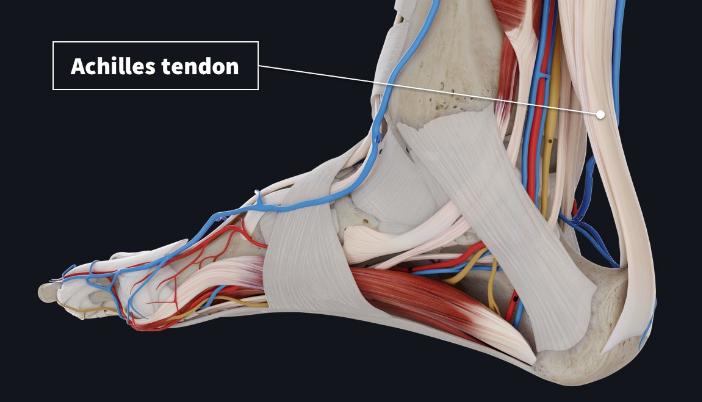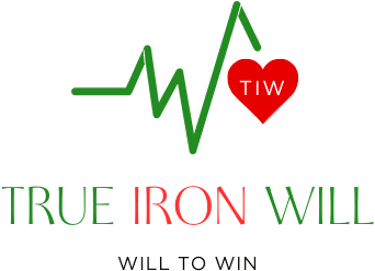NBA Achilles Injuries: The Real Story Behind the Headlines
Will Loiseau
6/26/20252 min read


The recent uptick in Achilles tendon injuries among NBA stars has sparked a lot of conversation, with many pointing fingers at low-top basketball shoes. While footwear certainly plays a role in biomechanics, I think there's a bigger picture we need to consider for these elite athletes, and for all of us in general.
The Modern Game's Demands
Basketball today demands incredible power. Players are constantly exploding into sprints, stopping on a dime, and leaping sky-high. The pace of play has increased dramatically, three-point attempts have nearly tripled since the 1990s, and players are covering more ground at higher intensities than ever before. These sudden, powerful movements put immense stress on the Achilles tendon, making it prone to injury, especially when players are aggressively loading their tendons changing direction or jumping.
But what else is going on?
The Hidden Impact of Modern Footwear
The real issue isn't whether players wear high-tops or low-tops. It's what happens to our feet and lower legs when we spend virtually all our time in highly cushioned, supportive footwear – both on and off the court.
Think about it: elite athletes, like most of us, spend the majority of their waking hours with their feet encased in shoes that act as a constant external brace. This cushioned environment, while comfortable, may actually be creating a hidden vulnerability.
When the Achilles tendon and the intrinsic muscles of the foot aren't regularly challenged through their full natural range of motion, several things happen:
The Achilles can gradually shorten and lose some of its natural elasticity
The small stabilizing muscles in the feet can weaken from disuse
Proprioception – the body's awareness of position and movement – can diminish
The natural shock-absorption mechanisms of the foot may become less efficient
This means that when an athlete suddenly demands maximum performance from these structures during a game, they may not be as prepared as they appear. The disconnect between our cushioned daily environment and the explosive demands of elite sport creates a gap that can manifest as injury. Especially as the long season progresses.
The Cellular Foundation: Why Nutrition Matters More Than You Think
Beyond biomechanics lies an often-overlooked factor: the quality of the building blocks within athletes' bodies.
At the cellular level, tendons and ligaments are constantly being broken down and rebuilt. This process, called tissue remodeling, accelerates dramatically during intense training and competition. For elite athletes who are essentially running construction sites within their bodies 24/7, the quality of available materials becomes crucial.
Poor nutrition doesn't just affect energy levels – it directly impacts the structural integrity of connective tissues.
Vitamin C is essential for collagen synthesis, the protein that gives tendons their strength and flexibility. Without adequate vitamin C, the body literally cannot produce strong, healthy connective tissue.
Anti-inflammatory compounds from whole, plant-nourishing foods help manage the inflammatory response that's part of normal tissue adaptation, while processed foods can create chronic low-grade inflammation that interferes with healing.
The troubling reality is that many elite athletes, despite having access to sports nutritionists, still have nutritional gaps that could be compromising their tissue health. The combination of demanding travel schedules, processed foods, and inconsistent eating patterns can create a perfect storm for injury vulnerability.
A Multifaceted Challenge
Ultimately, it's a perfect storm: the intense, evolving style of play, the way modern footwear might be changing our natural foot mechanics over time, and the relentless need for proper nutrition to support incredible physical demands.
For anyone looking to optimize their own health and resilience, here are two simple takeaways:
Vary your foot stimulation: Spend some safe, short periods barefoot to let your feet move naturally and strengthen those intrinsic muscles.
Prioritize foundational nutrition: Give your body the high-quality fuel it needs to build and repair strong tissues.
Start Your Transformative Journey Today
© 2025 True Iron Will LLC. All Rights Reserved .
Mailing Address:
1317 Edgewater Drive #1297
Orlando, FL 32804
TrueIronWill1@gmail.com
